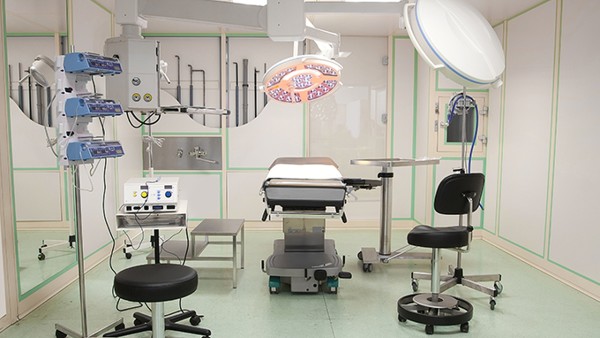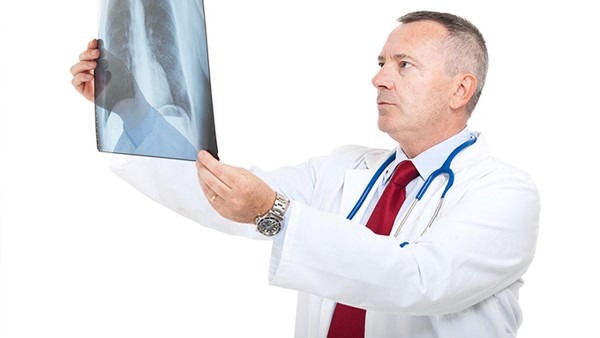What is Wet Lung in Babies?

Wet lung, also known as pulmonary edema, is a condition in which there is an excessive amount of fluid in the lungs. This can make it difficult for babies to breathe and can lead to serious health problems.
Causes of Wet Lung in Babies
There are many different causes of wet lung in babies, including:
Heart problems: The most common cause of wet lung in babies is heart problems. When the heart is not able to pump blood effectively, fluid can build up in the lungs.
Kidney problems: Kidney problems can also lead to wet lung in babies. When the kidneys are not able to filter waste products from the blood, fluid can build up in the body, including the lungs.
Lung problems: Lung problems, such as pneumonia or respiratory distress syndrome, can also cause wet lung in babies. These problems can damage the lungs and make it difficult for them to clear fluid.
Other causes: Other causes of wet lung in babies include:
Sepsis (a severe infection)
Drug overdose
Near-drowning
Aspiration (inhaling vomit or other fluids into the lungs)
Symptoms of Wet Lung in Babies
The symptoms of wet lung in babies can vary depending on the severity of the condition. Some of the most common symptoms include:
Difficulty breathing: This is the most common symptom of wet lung in babies. Babies may breathe faster or deeper than usual, and they may have difficulty catching their breath.
Wheezing: Wheezing is a whistling sound that occurs when air passes through narrowed airways. Wet lung can cause wheezing because the fluid in the lungs can narrow the airways.
Coughing: Coughing is another common symptom of wet lung in babies. Babies may cough up clear or frothy fluid.
Cyanosis: Cyanosis is a bluish tint to the skin, lips, or nail beds. Cyanosis occurs when there is not enough oxygen in the blood. Wet lung can cause cyanosis because the fluid in the lungs can prevent oxygen from reaching the bloodstream.
Other symptoms: Other symptoms of wet lung in babies include:
Fever
Fatigue
Poor feeding
Weight loss
Diagnosis of Wet Lung in Babies
Wet lung in babies is diagnosed based on a combination of physical examination, medical history, and diagnostic tests.
Physical examination: During a physical examination, the doctor will listen to the baby's lungs for wheezing or other abnormal sounds. The doctor may also check the baby's skin, lips, and nail beds for cyanosis.
Medical history: The doctor will ask about the baby's symptoms, as well as the baby's medical history. The doctor will want to know if the baby has any heart problems, kidney problems, or lung problems.
Diagnostic tests: The doctor may order diagnostic tests to confirm the diagnosis of wet lung in babies. These tests may include:
Chest X-ray
Echocardiogram
Blood tests
Urine tests
Treatment of Wet Lung in Babies
The treatment of wet lung in babies depends on the cause of the condition. Treatment may include:
Oxygen therapy: Oxygen therapy can help to improve the baby's oxygen levels. Oxygen can be given through a nasal cannula or a mask.
Diuretics: Diuretics are medications that help to remove fluid from the body. Diuretics can be given orally or intravenously.
Inotropes: Inotropes are medications that help to strengthen the heart. Inotropes can be given intravenously.
Mechanical ventilation: Mechanical ventilation is a procedure that helps to breathe for babies who are unable to breathe on their own. Mechanical ventilation is typically used as a last resort.
Prevention of Wet Lung in Babies
There is no sure way to prevent wet lung in babies. However, there are some things that can be done to reduce the risk of developing this condition, including:
Preventing heart problems: The best way to prevent heart problems is to keep the baby healthy. This includes eating a healthy diet, getting regular exercise, and avoiding smoking.
Preventing kidney problems: The best way to prevent kidney problems is to keep the baby hydrated. This includes giving the baby plenty of fluids, such as breast milk or formula.
Preventing lung problems: The best way to prevent lung problems is to avoid exposing the baby to secondhand smoke and other pollutants. It is also important to make sure that the baby is up-to-date on their vaccinations.
Outlook for Wet Lung in Babies
The outlook for wet lung in babies depends on the cause and severity of the condition. With early diagnosis and treatment, most babies with wet lung can make a full recovery. However, some babies with wet lung may have long-term health problems, such as heart failure or kidney failure.
Additional Information
For more information on wet lung in babies, please visit the following websites:
[National Heart, Lung, and Blood Institute](https://www.nhlbi.nih.gov/health-topics/pulmonary-edema)
[Mayo Clinic](https://www.mayoclinic.org/diseases-conditions/pulmonary-edema/symptoms-causes/syc-20353347)
[American Lung Association](https://www.lung.org/health-and-wellness-topics/health-and-wellness-topics/pulmonary-edema)
The above is all the content that the editor wants to share with you. I sincerely hope that these contents can bring some help to your life and health, and I also wish that your life will be happier and happier.
Topic: #wet #is #what










